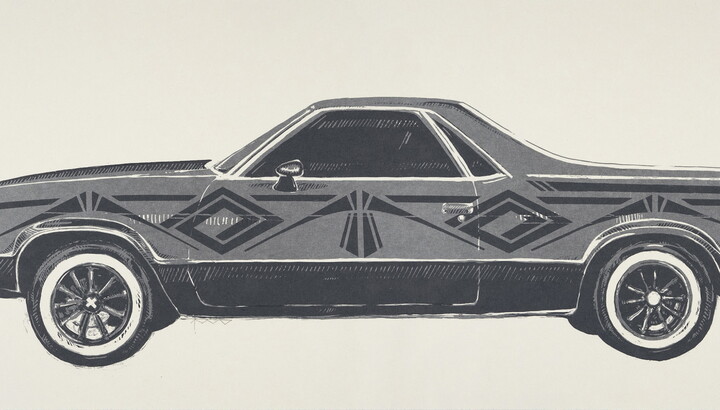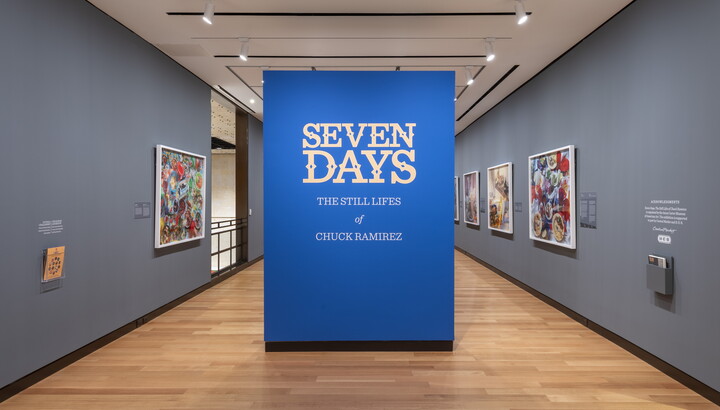The Carter Blog
Carter ARTicles
Our collection is FOR THE BIRDS!
Jun 02, 2022
As hundreds of millions of birds migrate through the state of Texas, the City of Fort Worth is dimming its lights as part of a nationwide initiative called Lights Out. Light from buildings disorients migrating birds, confusing them and making them vulnerable to collisions with buildings.
According to the city of Fort Worth website, because approximately one of every three birds migrating through the U.S. fly through Texas,
All Texans are encouraged to turn off nonessential lights from 11 p.m. to 6 a.m. during the migration.
In honor of bird migration season, did you know that the Carter is home to thousands of birds? Well, not live ones because that would be really messy, but thousands of images of birds. One of the largest collections of birds we have is the work of John James Audubon. Considered one of the most famous American ornithologists in history, Audubon made it his mission in 1826 to chronicle all the birds of North America resulting in a monumental publication, The Birds of America (1827–38). His work was not merely a scientific pursuit but an artistic accomplishment of great ambition. Contrary to the style of the day, which featured lifeless birds in front of sterile backgrounds, Audubon reproduced his birds to scale in their customary outdoor setting, allowing them to appear their most lifelike.
In 1837, Audubon and his son John Woodhouse arrived in the new Republic of Texas in Galveston Bay. Over the course of 54 days, they slogged across swampy, flooded land from Galveston to Houston and recorded species with the assistance of a camera lucida, an optical device used as a drawing aid. They saw Roseate spoonbills, Ivory-billed woodpeckers, and Black-necked stilts, among many others.
They were even welcomed by Sam Houston for an evening of grog and celebration, encouraging them to return several more times and to regard Texas as home away from home.
Though Audubon’s conservation methods included hunting and taxidermy, his research was so important that conservation and study organizations bear his name to this very day. So, turn out your lights in the name of Audubon, preserving for future generations the birds he was lucky enough to see. That way the birds live on in more than just beautiful artworks!
For more information on Lights Out, visit audubon.org.





